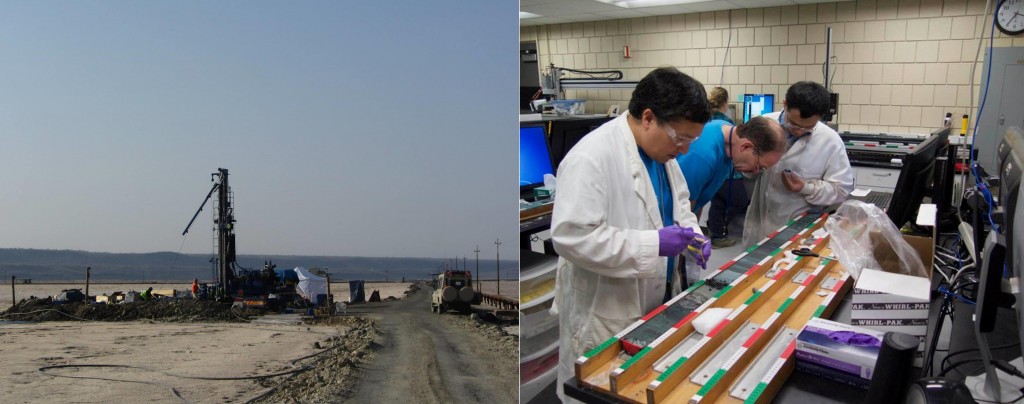The Logics & Logistics of Qualitative Research with NVivo
The Logics and Logistics of Qualitative Research: A Framework for Exploring Concepts, Dimensions, and Relationships in Qualitative Data using NVivo Research Software
 Workshop Leaders: Dr. Ralph LaRossa and Dr. Mandy Swygart-Hobaugh
Workshop Leaders: Dr. Ralph LaRossa and Dr. Mandy Swygart-Hobaugh
When: Wednesday, March 11, 11:00am-12:30pm – REGISTER HERE
Where: CURVE (Collaborative University Research & Visualization Environment), Library South 2nd Floor
In this workshop, Dr. Ralph LaRossa, Professor Emeritus of Sociology, and Dr. Mandy Swygart-Hobaugh, Librarian Associate Professor for Sociology, Gerontology, & Data Services, will present both the theoretical-methodological “logics” and the applied-methodological “logistics” of conducting qualitative data analysis (i.e., non-statistical analysis of textual, audio, visual, and/or audiovisual sources). Dr. LaRossa will discuss the steps involved in building theoretically-rich qualitative analyses. Dr. Swygart-Hobaugh will outline the specific features of NVivo qualitative research software that complement and facilitate these analyses. There also will be opportunities for questions and discussion.
This workshop will be especially helpful for faculty and graduate students who are immersed – or about to be immersed – in a qualitative project and would like an overview on how to do qualitative analysis and how to use NVivo in the process. Those interested in publishing qualitative work and/or applying for grants based on qualitative work will also find it helpful.
Questions? Email Mandy Swygart-Hobaugh at aswygarthobaugh@gsu.edu



